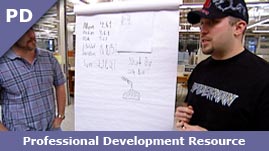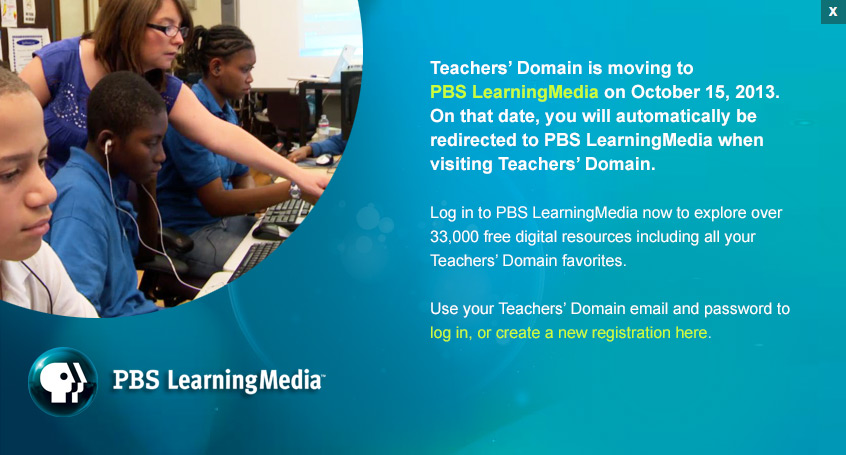Teachers' Domain - Digital Media for the Classroom and Professional Development
User: Preview


Source: Getting Results: "Assessing Teaching and Learning/Overview"
This media asset is from Getting Results: "Assessing Teaching and Learning/Overview."
In this professional development video from Getting Results, Dr. John Bransford, professor of education at the University of Washington School of Education, as well as a community college statistics instructor and a course designer discuss assessment. Bransford explains that learning goals should include not only what is to be learned, but also how students will demonstrate knowledge and how they can be assessed throughout the course. The instructor is shown using questioning strategies to gauge her students’ learning. She explains that she measures her success as an instructor by that of her students. Bransford concludes, saying that the more knowledge teachers have, the more removed their level of understanding might be from that of their students. For this reason, building in assessments throughout the course, to monitor student understanding, helps improve instruction.
An instructor’s deep knowledge of a discipline does not guarantee successful teaching and student learning. The more a teacher knows, the harder it might be for her to remember what it was like to be new to the topic. For this reason, teachers should build regular formal and informal assessments into courses to ascertain the level of student understanding.
Different teaching methods require different methods of assessment. In a lecture, instructors can gauge students’ knowledge and skills simply by asking questions. These can be open-ended questions without right or wrong answers, and can help teachers know right away whether students understand what is important about a topic.
Lectures are just one way to teach. Because students have diverse learning styles, multiple teaching methods—including activities in the classroom, lab, or field—can help to reach a broad spectrum of students.
Lab-based learning often needs to be assessed in non-traditional ways. In the past, many teachers turned automatically to tests and quizzes as the best way to measure student learning. But once instructors start thinking about assessment as a way to measure attainment of learning outcomes, they often decide to adopt new methods of assessment. For example, learning outcomes, such as knowing how to operate machinery, run a lab experiment, or use manufacturing tools are not well suited to paper-and-pencil tests.
 Loading Standards
Loading Standards